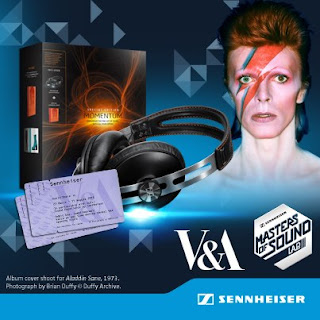We ran our D I S C O U R S E digital landscape workshop yesterday (26/05/2013) as part of the first #ArtWorksLeeds events in the Trinity Leeds Customer Service Lounge.Investigating contemporary landscape in sync with 'digital', Rosa and I devised a really simple workshop which we called 'Digital Landscapes'.
"The addition of Trinity in the heart of the city has certainly altered Leeds’ landscape; the arched dome of the atrium framed by the steeple of Holy Trinity church is instantly recognisable. Yet in a world of increasingly digital communication and representation, what is it that we’re actually looking at when we see an image or artwork of Trinity - or any contemporary landscape - on our computer screens? Understanding digital imagery is an important part of developing better ways to engage with our physical and virtual environments. By reducing photographic reproductions of landscape down to the most basic level of pixel, this workshop hoped to inform people and spark a conversation about the basic elements of digital imagery and contemporary landscape through pixel-mosaic."
The workshop went really well, and as we'd hoped, we had some interesting conversations with some lovely Leeds locals. Older people were interested in the 8-bit tech of their own time, whilst children had plenty to say about their favourite new tablet toys. The activity was accessible to people of all ages, and will be left in the art space to be completed by members of the public throughout the coming week.
http://artworksleeds.tumblr.com/
http://ahdiscourse.tumblr.com/







